Galileo’s Revolutionary Vision Helped Usher In Modern Astronomy
The Italian scientist turned his telescope toward the stars and changed our view of the universe
/https://tf-cmsv2-smithsonianmag-media.s3.amazonaws.com/filer/Galileo-Jupiter-moons-631.jpg)
Inside a glass case was a plain-looking tube, worn and scuffed. Lying in the street, it would have looked like a length of old pipe. But as I approached it, Derrick Pitts—only half in jest—commanded: "Bow down!"
The unremarkable-looking object is in fact one of the most important artifacts in the history of science: it's one of only two surviving telescopes known to have been made by Galileo Galilei, the man who helped revolutionize our conception of the universe. The telescope was the centerpiece of "Galileo, the Medici and the Age of Astronomy," an exhibition at the Franklin Institute in Philadelphia in 2009.
Pitts, who runs the institute's planetarium and other astronomy programs, says that receiving the telescope from Florence's Galileo Museum—the first time the instrument ever left Florence—was "something of a religious experience." Understandably so: if Galileo is considered a patron saint of astronomy, then his telescope is one of its most holy relics. "Galileo's work with the telescope unleashed the notion that ours is a sun-centered solar system and not an Earth-centered solar system," says Pitts. In other words, from that ugly old cylinder came the profound idea that we are not the center of the universe.
It was a dangerous idea, and one that cost Galileo his freedom.
On a starry night in Padua 400 years ago, Galileo first turned a telescope toward the sky. It might seem the most natural of actions—after all,what else does one do with a telescope? But in 1609, the instrument, which had been invented only the year before by Dutch opticians, was known as a "spyglass," in anticipation of its military uses. The device was also sold as a toy. When Galileo read of it, he quickly set about making a much more powerful version. The Dutch telescopes magnified images by 3 times; Galileo's telescopes magnified them by 8 to 30 times.
At the time, astronomy, like much of science, remained under the spell of Aristotle. Almost 2,000 years after his death, the giant of Greek philosophy was held in such high regard that even his most suspect pronouncements were considered unimpeachable. Aristotle had maintained that all celestial objects were perfect and immutable spheres, and that the stars made a dizzying daily journey around the center of the universe, our stationary Earth. Why scrutinize the sky? The system had already been neatly laid out in books. Astronomers "wish never to raise their eyes from those pages," Galileo wrote in frustration, "as if this great book of the universe had been written to be read by nobody but Aristotle, and his eyes had been destined to see for all posterity."
In Galileo's day, the study of astronomy was used to maintain and reform the calendar. Sufficiently advanced students of astronomy made horoscopes; the alignment of the stars was believed to influence everything from politics to health.
Certain pursuits were not in an astronomer's job description, says Dava Sobel, author of the best-selling historical memoir Galileo's Daughter (1999). "You didn't talk about what the planets were made of," she says. "It was a foregone conclusion that they were made of the fifth essence, celestial material that never changed." Astronomers might make astrological predictions, but they weren't expected to discover anything new.
So when Galileo, then 45 years old, turned his telescope to the heavens in the fall of 1609, it was a small act of dissent. He saw that the Milky Way was in fact "a congeries of innumberable stars," more even than his tired hand could draw. He saw the pockmarked surface of the moon, which, far from being perfectly spherical, was in fact "full of cavities and prominences, being not unlike the face of the Earth." Soon he would note that Jupiter had four moons of its own and that Venus had moonlike phases, sometimes waxing to a disk, sometimes waning to a crescent. He later saw imperfections in the Sun. Each discovery drew Aristotle's system further into question and lent ever more support to the dangerously revolutionary view that Galileo had privately come to hold—set out just a half-century earlier by a Polish astronomer named Nicolaus Copernicus—that Earth traveled around the Sun.
"I give infinite thanks to God," Galileo wrote to the powerful Florentine statesman Belisario Vinta in January of 1610, "who has been pleased to make me the first observer of marvelous things."
Like many figures whose names have endured, Galileo wasn't shy about seeking fame. His genius for astronomy was matched by a genius for self-promotion, and soon, by virtue of several canny decisions, Galileo's own star was rising.
In Tuscany, the name Medici had been synonymous with power for centuries. The Medici family acquired and wielded it through various means—public office, predatory banking and alliances with the powerful Catholic Church. Conquest of territory was a method favored in the late 16th century, when the head of the family, Cosimo I, seized many regions neighboring Florence. The family took a keen interest in science and its potential military applications.
The Medicis may have needed scientists, but scientists—and especially Galileo—needed the Medicis even more. With a mistress, three children and an extended family to support, and knowing that his questioning of Aristotelian science was controversial, Galileo shrewdly decided to court the family's favor. In 1606, he dedicated a book about a geometric and military compass to his student Cosimo II, the family's 16-year-old heir apparent.
Then, in 1610, on the occasion of his publication of The Starry Messenger, which detailed his telescopic findings, Galileo dedicated to Cosimo II something far greater than a book: the very moons of Jupiter. "Behold, therefore, four stars reserved for your illustrious name," wrote Galileo. "...Indeed it appears that the Maker of the Stars himself, by clear arguments, admonished me to call these new planets by the illustrious name of Your Highness before all others." (Galileo chose the name "Cosmian stars," but Cosimo's office requested "Medicean stars" instead, and the alteration was duly made.) "The Starry Messenger was a job application," says Owen Gingerich, an astronomer and science historian at the Harvard-Smithsonian Center for Astrophysics—and, sure enough, Galileo got just what he had been seeking: the Medicis' patronage.
He could hardly have hoped for better patrons, as the Franklin exhibit made clear. It included scores of intricately wrought instruments from the family's collection. The fanciful names of the ingenious contraptions hint at their function and describe their forms: nautical planispheres, gimbaled compasses, horary quadrants, armillary spheres. One of the oldest surviving astrolabes, an instrument for calculating the position of the Sun and stars, was on exhibit, as was a set of brass and steel compasses believed to have belonged to Michelangelo, another Medici beneficiary. (Galileo's telescope and the rest of the collection have since returned to Florence.)
Though capable of measuring the world in various ways and to various ends—determining the caliber of projectiles, surveying land, aiding navigation—some of the instruments were never used, having been collected for the very purpose to which museums put them today: display. A few, such as a compass that collapses into the shape of a dagger, demonstrate the era's alliance of science and power. But they also illustrate its blending of science and art—the gleaming artifacts rival works of sculpture. They tell, too, of a growing awareness that, as Galileo said, nature was a grand book ("questo grandissimo libro") written in the language of mathematics.
Not everyone took pleasure in—or even believed—what Galileo claimed to have seen in the sky.
Some of his contemporaries refused to even look through the telescope at all, so certain were they of Aristotle's wisdom. "These satellites of Jupiter are invisible to the naked eye and therefore can exercise no influence on the Earth, and therefore would be useless, and therefore do not exist," proclaimed nobleman Francesco Sizzi. Besides, said Sizzi, the appearance of new planets was impossible—since seven was a sacred number: "There are seven windows given to animals in the domicile of the head: two nostrils, two eyes, two ears, and a mouth....From this and many other similarities in Nature, which it were tedious to enumerate, we gather that the number of planets must necessarily be seven."
Some who did deign to use the telescope still disbelieved their own eyes. A Bohemian scholar named Martin Horky wrote that "below, it works wonderfully; in the sky it deceives one." Others nominally honored the evidence of the telescope but scrambled to make it conform to their preconceptions. A Jesuit scholar and correspondent of Galileo named Father Clavius attempted to rescue the idea that the Moon was a sphere by postulating a perfectly smooth and invisible surface stretching above its scarred hills and valleys.
The Starry Messenger was a success, however: the first 500 copies sold out within months. There was a great demand for Galileo's telescopes, and he was named the head mathematician at the University of Pisa.
In time Galileo's findings began to trouble a powerful authority—the Catholic Church. The Aristotelian worldview had been integrated with Catholic teachings, so any challenges to Aristotle had the potential to run afoul of the church. That Galileo had revealed flaws in celestial objects was bothersome enough. But some of his observations, especially the changing phases of Venus and the presence of moons around other planets, lent support to Copernicus' heliocentric theory, and that made Galileo's work potentially heretical. Biblical literalists pointed to the book of Joshua, in which the Sun is described as stopping, miraculously, "in the midst of heaven, and hasted not to go down about a whole day." How could the Sun stop if, as Copernicus and now Galileo claimed, it was already stationary? By 1614, a Dominican friar named Tommaso Caccini preached openly against Galileo, calling the Copernican worldview heretical. In 1615 another Dominican friar, Niccolò Lorini, filed a complaint against Galileo with the Roman Inquisition, a tribunal instituted the previous century to eliminate heresy.
These church challenges greatly troubled Galileo, a deeply pious man. It is a common misconception that Galileo was irreligious, but as Dava Sobel says, "Everything he did, he did as a believing Catholic." Galileo simply believed that Scripture was not intended to teach astronomy, but rather, as he wrote in a 1613 letter to his disciple Benedetto Castelli, to "persuade men of the truths necessary for salvation." Some members of the church held the same opinion: Cardinal Baronius in 1598 said that the Bible was meant "to teach us how to go to heaven, not how the heavens go."
Late in 1615, Galileo traveled to Rome to meet with church leaders personally; he was eager to present his discoveries and make the case for heliocentrism. But Baronius' view turned out to be the minority one in Rome. Galileo was cautioned against defending Copernicanism.
Eight years later, a new pope, Urban VIII, ascended and Galileo again requested permission to publish. Pope Urban granted permission—with the caveat that Galileo present the theory as a hypothesis only. But the book Galileo finally published in 1632, Dialogue Concerning the Two Chief World Systems, came off clearly in favor of the Copernican view, infuriating the pope.
And so, in what Pope John Paul II would deem, more than three centuries later, a case of "tragic mutual incomprehension," Galileo was condemned by the Holy Office of the Inquisition for being "vehemently suspected of heresy, namely of having held and believed the doctrine which is false and contrary to the Sacred and Divine Scriptures, that the Sun is the center of the world." He was sentenced to imprisonment, which was commuted to house arrest for the by then ailing 69-year-old man.
Despite repeated requests for clemency, the astronomer spent his last eight years confined to his home, forbidden to speak or write of the topics that had so captivated him. (Meanwhile, forbidden copies of his Dialogue are thought to have been widely sold on the black market.) Blindness overcame him, and as he wrote to a friend in 1638, "The universe which I with my astonishing observations and clear demonstrations had enlarged a hundred, nay, a thousandfold beyond the limits commonly seen by wise men of all centuries past, is now for me so diminished and reduced, it has shrunk to the meager confines of my body."
The exact composition of some of Galileo's telescopes remains a mystery. A written fragment—a shopping list jotted on a letter—allows historians to surmise the materials Galileo used for his lenses. And so the ingredients for one of the most famous telescopes in history—an organ pipe, molds for shaping lenses, abrasives for polishing glass—are thrown in with reminders to buy soap, combs and sugar.
It's a humdrum list—as plain as the lusterless tube in a museum display. Yet what came from that tube, like the man who made it, was anything but ordinary. Galileo "was one of those who was present at the birth of modern astronomy," says Harvard-Smithsonian's Gingerich.
In the dedication of The Starry Messenger, addressed to Cosimo II, Galileo hailed the effort to "preserve from oblivion and ruin names deserving of immortality." But the moons of Jupiter he named the Medicean have come to be more commonly known as the Galilean moons, and in 1989, the spacecraft NASA launched to study them was named Galileo. And 2009 was named the International Year of Astronomy by the United Nations in honor of the 400th anniversary of Galileo's first telescopic observations.
The fame Galileo sought and obtained, he earned. "Galileo understood what was fundamentally important" about his telescopic observations, says Gingerich. "Namely, that they were showing us a whole new universe."
David Zax has written for Smithsonian about Elvis in the Army, a party of Santas and George Washington's boyhood home.
/https://tf-cmsv2-smithsonianmag-media.s3.amazonaws.com/accounts/headshot/david-zax-240.jpg)
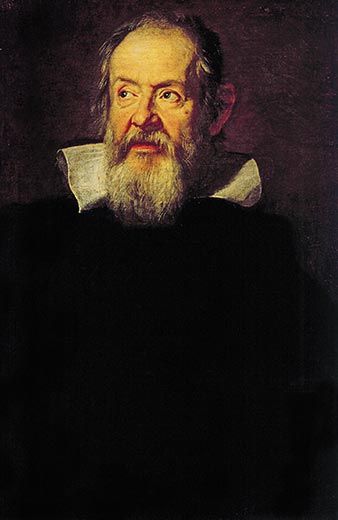
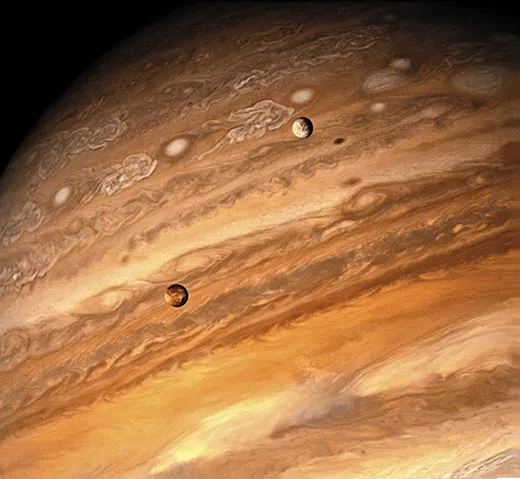
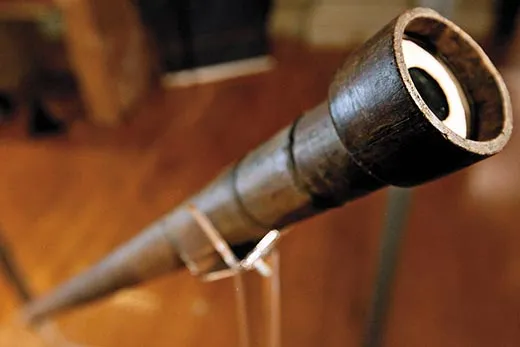
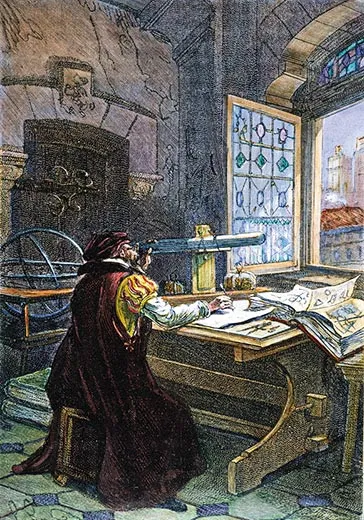
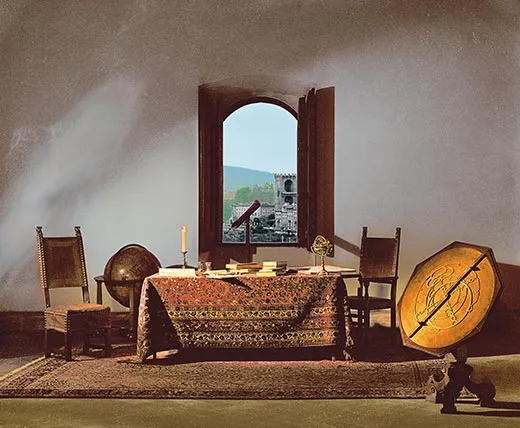
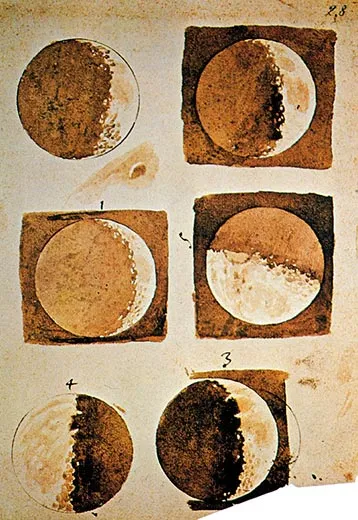
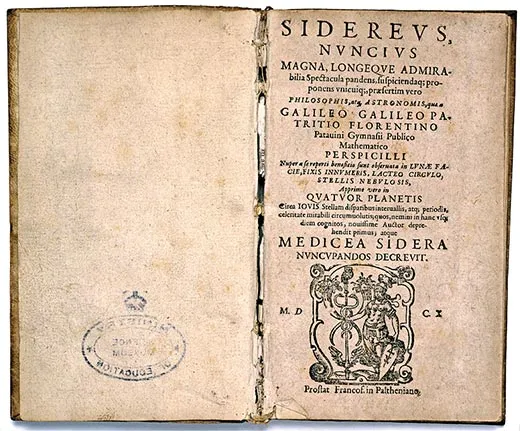
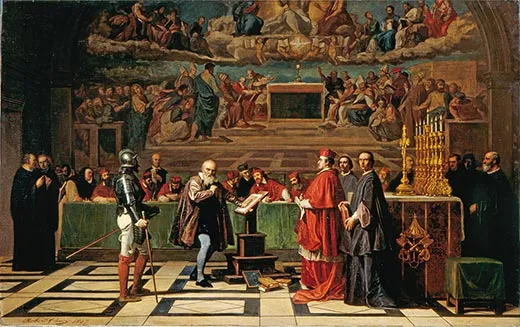
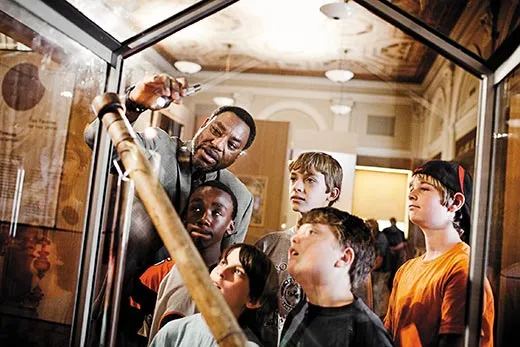
/https://tf-cmsv2-smithsonianmag-media.s3.amazonaws.com/accounts/headshot/david-zax-240.jpg)